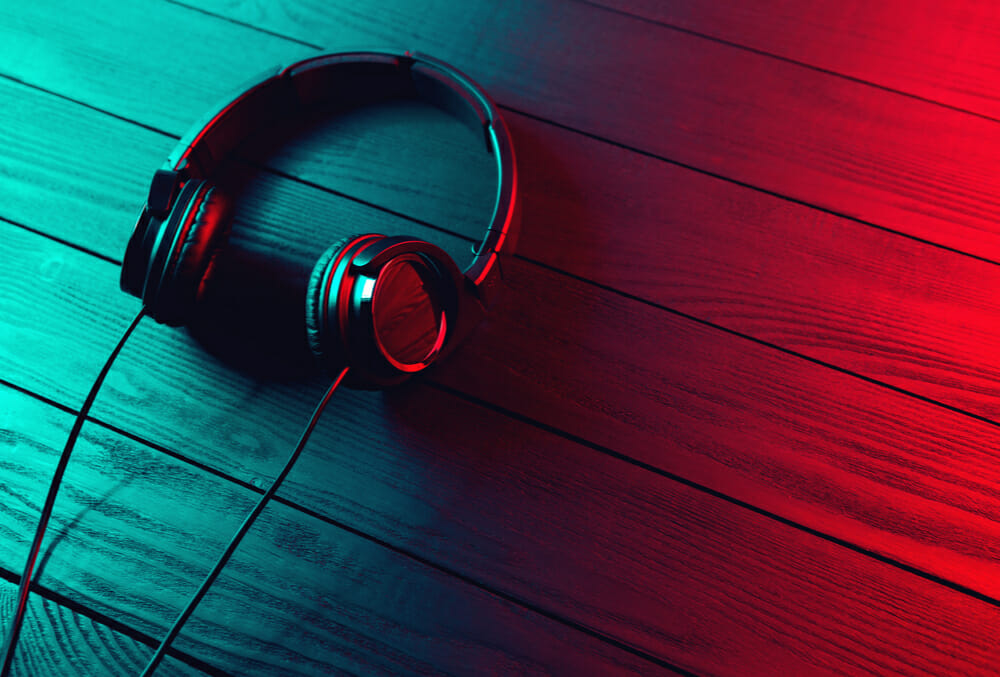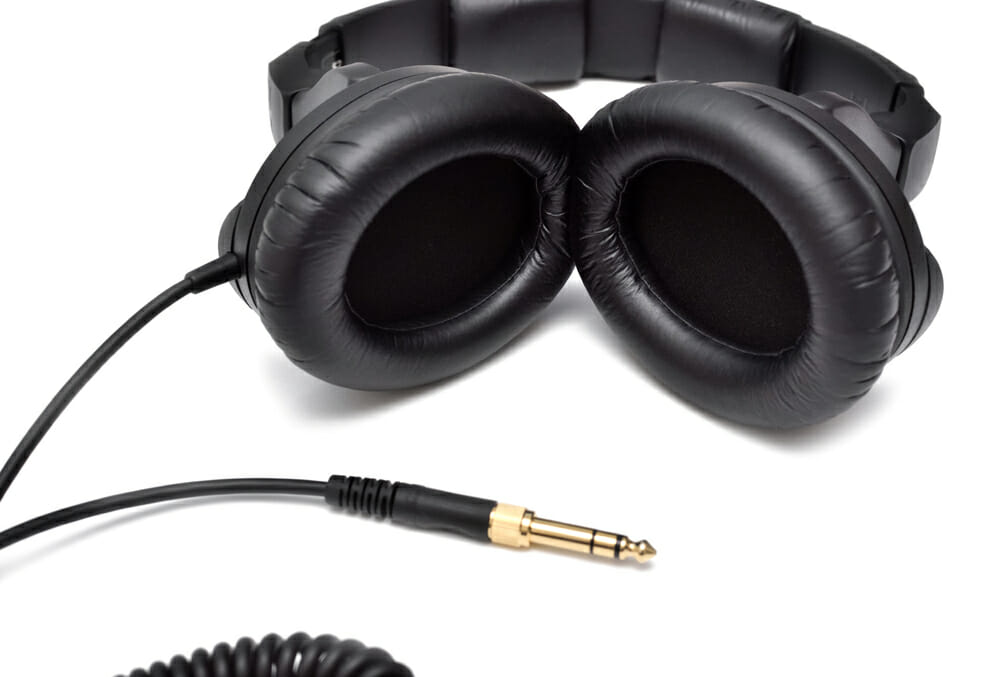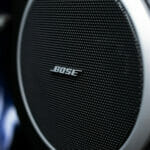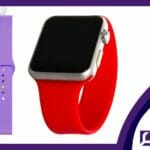There are numerous reasons why you may be hearing your headphones echo everything, and even headphones straight out of the packet can immediately fall victim to it too.
It’s hard to ignore, can give you a headache and without a doubt ruins whatever listening experience you were hoping to enjoy.

Usually it is caused by the sound of the speakers being reflected but can also be caused by the microphone being too close or unfortunately the whole headset itself is just not good quality.
With fixing these issues, it might take having to go into the software settings of your microphone via the device you are using to listen to them on or figuring out a problem with the hardware.
Whatever the problem may be, you deserve to have the listening experience you were hoping for and this how to guide will show you how to get rid of that menacing echo once and for all.
1. Plug Your Headphones In And Out Again
This may sound all to familiar to the classic ‘turn it off and on again’ but it is always the first method you should try when fixing things like the echo in your headphones.
When you do plug the headphones back in, make sure that you do it slowly to make sure that it goes in properly and all the way.
Sometimes the echo could simply be because the audio jack is only halfway in so it is worth taking this into account when plugging it back in. If that doesn’t work then try plugging it into a different port if there is another one available on your device.
2. Move The Microphone Around
If the headset is too close to the microphone, then the sound waves can bounce between the two devices leaving the audio echoey and distorted.
If your headset has a mic attached to it then try moving the microphone around a bit and see if that stops the echo.
If your microphone is sitting on your desk, then you can also try moving that a bit further back – just as long as it is far enough so that the soundwaves don’t reflect.
3. Turn The Volume Down On The Speaker
It can be due to the speakers that are either getting too loud and can’t quite cope with the fluctuation in sound or the sound being too high is simply loud enough for the microphone to pick up on it.
If you turn down the volume on your speakers to a lower level, then it could be the answer to the eco problem.
4. Mute The Microphone When Not In Use
The problem with the echo in your headphones could also be caused by the microphone picking up background noises, ones that are so subtle you may not even notice them until they are being relayed back to you in your ears. This is an easy fix as all you must do is turn the microphone off when you are not using it.
5. Change The Settings
You will have to search around your settings on your device for this step but it’s easier than you may think. If you are using a computer as your listening device, then all there is to do is turn off the ‘Microphone Boost’ option.
If you are on a windows operating system first open the control panel, then open the ‘Hardware and Sound’ setting. After this select the ‘Sound’ setting and on the ‘Recording’ tab choose what microphone you are using. Finally, click on the tab entitled ‘Level’ and reduce or turn off the ‘Microphone Boost’ setting.
This step will work depending on your microphone as some do not have this setting. If this does not fix the issue then it is worth reducing the feedback loop by going into the ‘Enhancement’ tab and enabling either ‘Acoustic Echo Cancellation’ or ‘Noise Suppression’.
6. Check The Audio Driver

If the computer as an audio drives that is out of date, or corrupter then it can be the cause of the headphone echo. You might have to update the drivers which can be done in several different ways but one of the most straight forward ways is directly through Microsoft.
If you are using a Windows computer then your drivers will automatically be updated through Windows updates. This way, the drivers are guaranteed to be compatible with your system and safe of any viruses. If you think that you may have missed an update, you can check in the system settings.
The device manager can also be a reliable way to check updates for the audio driver. Simply navigate to the device manager by typing it in the search bar.
Right-click the driver for your headphones and select the ‘Update Driver’ option then allow the system to search for drivers automatically before installing the newest version of the audio driver. You will have to restart the computer for the changes to take place.
It is important that you do not get your drivers from a third-party software, there are a lot of these that will scan your computer and state that they will update every driver at once.
These should be avoided because they are not from a reputable source and can bloat your system with adware as well as malware. Not only this but they are also likely to install driver that are not even up to date or from questionable sources.
7. Change Devices
Instead of being the microphone or speakers that are causing the echo in the headphones it could very well be the device itself. To help diagnose whether it is your device that is causing the problems – try plugging your headset into different devices and see if the problem persists.
If this solves the issue, then it means that the there is an incompatibility with your headset and your device, or the device has a problem with its sound. If this does not fix the echo in your headphones even when plugged into a different source, then the problem most likely is down to the headphones.
If this is the case then replacing the headphones is recommended, preferable ones that have their own microphone attached as it will be better at picking up audio. It can be a good idea to check the quality of your mic to see if it could be the cause of the audio problems.
This can be done in multiple ways, you can use an online microphone test which is quick and free but usually does not offer real time tuning but can still give you a run down of what you need to calibrate in your sound system.
If you are less confident about the details behind sound and audio troubleshooting then you can use the ‘Sound Recorder’ on Windows and record yourself talking into your microphone, then you can easily listen back to it and see how it sounds.
8. Fixing The Headphone Echo During Calls
If the echo only seems to be happening during conference calls and others can hear it too then it is due to the program you are using for the call.
The first thing that you should try is leaving and entering the meeting and if this does not solve the issue then you can troubleshoot the echo problem within the program settings.
Having other participants with their own microphones on during the meeting can also cause a lot of feedback and echo problems that can get very loud and distorted so it’s important that when someone is not talking, to mute their microphone in order to avoid this.
As ‘Zoom’ has become the standard for meetings and calls for many of us, it will be used as an example of what to do when you are hearing audio echo. There are three reasons why this is happening.
First, someone in the meeting has both their computer and phone audio active, someone has their computer or phones speakers too close to one another.
Also, if there are multiple computers that have their audio active in the same room it can cause an echo and if this is the case then you have to disconnect the computer audio from the other devices.
Another reason as to why there is an echo could be from speakers that are too loud or microphones that are bad quality.
Final Thoughts
Having to hear echoing in your headphones is a big inconvenience, especially during important conference calls it can negatively impact not only you but others in the call, causing delays and interruptions which can render the conversation unintelligible.
Since this problem is not all that rare, there are many tried and tested ways of getting rid of this issue and if one of the steps mentioned above do not work for you then it may be worth purchasing a new set of headphones or taking both your headphones and your device into a repair shop so that they can diagnose the specific problem that you are having.
- How to Clean a Leather Watch Band: Quick & Easy Tips for a Fresh Look! - July 7, 2025
- How to Connect Bose Speaker to iPhone: Exciting and Easy Steps! - July 6, 2025
- Best Cheap Bluetooth Headphones - July 6, 2025






